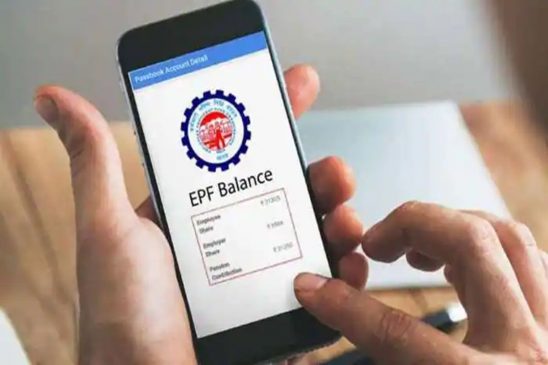The Employees’ Provident Fund Organisation for the third time has extended the last date to apply for the higher pension scheme till July 11, 2023.
The Employees’ Provident Fund Organisation (EPFO) has extended the deadline to apply for higher pension till July 11, 2023. The subscribers of EPF, who have not applied for increasing their pensions under the Employees’ Pension Scheme (EPS), should complete the application process as soon as possible. The EPFO has already extended the deadline to apply for higher pension thrice and another extension may not be allowed.
Read More: PPF Account: Check Features, Tax Benefits, Interest Rates Comparison With Bank FD
The EPFO subscribers are entitled to a pension at the time of his/her retirement. Currently, both employees and employers contribute 12 per cent each towards the EPFO account of the employees every month.
Out of the contribution of the employer’s share, 8.33 per cent goes to EPS and the remaining 3.67 per cent goes to the EPF.
Before 2014, the employees had the option to choose a higher EPS, but an amendment brought in in 2014 caps the EPS contribution at 8.33 per cent. Meaning an employee cannot contribute more than Rs 15,000 every month for his pension plan even if he or she draws a higher salary.
The EPFO has recently released the calculator for higher pension on its Member Sewa portal. Those employees who want to apply for higher pension can estimate their pension amount using this calculator.
Read More: EPS-95 family pensioners ALERT! Can you apply for higher pension? EXPERT ANSWERS
What is EPF higher pension scheme?
The government backed scheme allows EPF members to have the option to contribute an additional amount to their pension fund. By choosing the EPF Higher Pension Scheme, members can increase their monthly pension amount beyond the regular pension provided by the EPS. The additional contribution made by the member is invested in a separate pension fund, which earns interest over time. This results in a higher accumulated pension amount, leading to a larger monthly pension payout during retirement.
How to apply for higher EPS pension?
To join the EPF Higher Pension Scheme, the members need to fill out a form and submit required documents. The employees can apply jointly with their employer and need to submit a declaration form along with other details. The applications can be submitted at EPFO field offices. The applications are subject to verification and higher pension will be allowed only after approval by the EPFO officials.
It is pertinent to note that the EPF Higher Pension Scheme is voluntary, and members can choose whether or not to participate based on their financial goals.
Read More: EPFO: Here’s all you need to know about Rs 7 lakh insurance cover for salaried employees
EPS pension calculation formula
As per the EPFO formula the higher pension is calculated based on pensionable salary and pensionable service period.
The pensionable salary is the average of basic salary 5 years prior to the date of retirement while the pensionable service period refers to the number of years for which the contributions made by an employee towards EPF and EPS.
The formula to calculate higher pension is pensionable salary multiplied by pensionable years and divided by 70.
[Formula: (Pensionable Service period × Pensionable Salary)/ 70)]
It is important to note that the EPS pension amount is subject to a maximum monthly limit set by the government.
Eligibility and documents required for higher pension
Eligibility: To be eligible for the EPS pension, an individual must be a member of the EPF (Employees’ Provident Fund) scheme and have completed at least 10 years of eligible service. However, there are certain exceptions and provisions for early pensions in specific circumstances.
Documents Required
1. EPF member’s UAN (Universal Account Number)
2. Aadhaar Card
3. Bank account details
4. Date of birth proof
5. Proof of eligible service, such as Form 9 or Form 5 (if applicable).





































